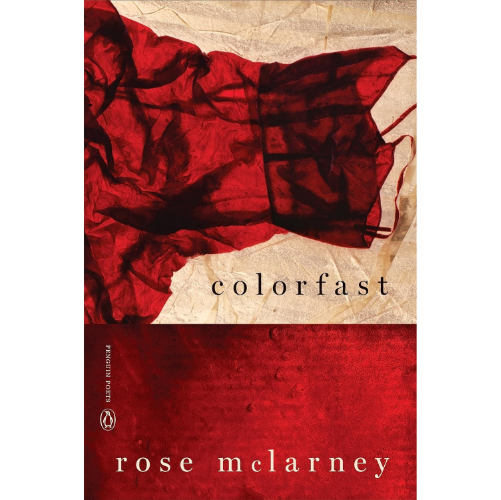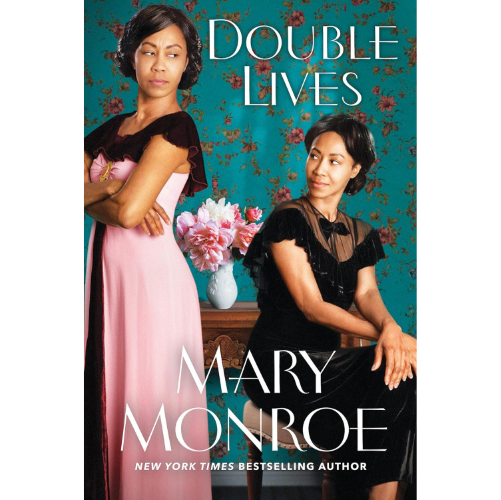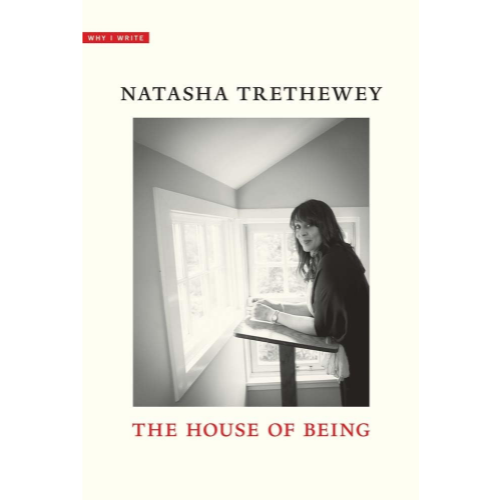By Ramey Channell
St. Leonard’s Field, 2021
Paperback $12.95, Kindle Edition $1.99
Genre: Southern Fiction
Reviewed by Meridith Beretta
 Ramey Channell is a rural-raised and rural-grown Alabama poet and fiction writer whose latest book is The Treasure of Moonlight Ridge. As the third installment of Channell’s Moonlight Ridge Series, followers of the tales are well acquainted with Channell’s protagonist, Lily C. Nash, and her cousin Willie T. Nock, along with their shenanigans in the small Alabama town of Eden—well east of Eden—where our fictional Alabama ridge is located.
Ramey Channell is a rural-raised and rural-grown Alabama poet and fiction writer whose latest book is The Treasure of Moonlight Ridge. As the third installment of Channell’s Moonlight Ridge Series, followers of the tales are well acquainted with Channell’s protagonist, Lily C. Nash, and her cousin Willie T. Nock, along with their shenanigans in the small Alabama town of Eden—well east of Eden—where our fictional Alabama ridge is located.
Lily C. and Willie T. find themselves amidst an adventure they could have only dreamed of in the days before Christmas. While their parents are at the church “hanging the greens”—a term the children don’t understand and so cannot imagine what the Greens could have done to deserve such treatment—the children find a large and mostly naked stranger standing in the backyard. Soon they embark on an adventure filled with secret codes to find the treasure of Moonlight Ridge while being pursued by a gang of wily criminals.
Despite the novel being the third in the series, newcomers to the series—like myself—will not have any difficulty establishing themselves in Channell’s 1950s small town. Channell’s writing has two significant strategies that allow readers to enter the story wherever they choose. The first is the prologue, which provides the reader with necessary information. We learn about the protagonist, Lilly C. Nash, and her cousin Willie T. Nock and that they are both cousins, born on the same day in their very small town, and best friends. We learn a bit about their family history and how they were named. If you know anything about southern families and names, every choice is significant, and no one ever misses a chance to give you their family history. Our Lily C. is no exception. We also get some information about the previous two books, which take place in the summer and the fall, delivering us to our present story just before Christmas. The prologue is charmingly told from the perspective of our adorable and bold Lily C., which brings me to Channell’s second strategy.
We are privy to Lily C’s thoughts and to her understanding of situations and those around her. She is not omniscient, however, and there are some things she cannot know. For example, when Willie T. is on the phone with their garbage truck driver/fourth-grade teacher—everyone has a second job in small towns—Lily cannot hear their conversation amidst her panic attack. In fact, she only hears the end of the conversation where Willie T. begs their teacher for help. We only get the information that Lily C. gets, and we only know what she knows. This adds a level of reality and grounding to a story that is rich with rarities and near improbabilities, bordering on magical realism. Improbabilities like a naked man standing in your backyard in a Christmas snowstorm, which propels our daring young adventurers into their story of treasure, codes, and kidnappers. To be honest, I don’t know which is more improbable to our present-day audience, a naked man in the backyard or a snowstorm for Christmas.
Lily reminds me of Harper Lee’s Scout Finch in the way she casually converses with the reader. It is as if she has known you forever. She tells the story to you the way she would talk to an old friend or family member at Sunday dinner. This tone of familiarity in the narration begins in the prologue and continues throughout the adventures on Moonlight Ridge.
The casual, direct style of Channell’s storytelling is what makes the story approachable by any audience. Although the story is intended for children, I find that it is enjoyable for readers of all ages. The children are engaging and bright, while the adventure is full of enough twists and turns to keep older readers entertained. The sense of community in small-town Alabama will be especially endearing to readers who may be nostalgic for a time when people communicated with each other in person instead of shouting into phones.
The book’s descriptions are another of the grounding elements that keep the story reachable for readers who did not grow up in the woods of Alabama or the bottom of Appalachia. Everyone who spends time in the deep woods understands the magic that lingers between the veins of the leaves around you and the tangle of roots beneath your feet. Channell doesn’t use Lily’s voice to convey grand descriptions of the house, the woods, the mountains, or the ruins they come upon. Instead, she shows us what Lily would take note of, what Lily would use to set the scene of her story to us, her friends and family. It reminds me of the illustrations in The Adventures of Winnie the Pooh, where we only see the immediate scenery: the collapsing wall, the surrounding bushes, and the trees. Yet, somehow, it is enough, and we see the Hundred Acre Wood. Channell gives us the tree that is 1950s Eden, by providing the branches and the leaves and allowing us to imagine this magical town. Her magic allows us to curl up on the couch and put our toes in the wet earth and crunchy snow with the smell of adventure all around us and treasures to be found.
Meridith Beretta is a writer and editor living in Birmingham, Alabama, currently working on a collection of memoirs about her life as a collegiate female athlete and a collection of poems.






Leave A Comment
You must be logged in to post a comment.